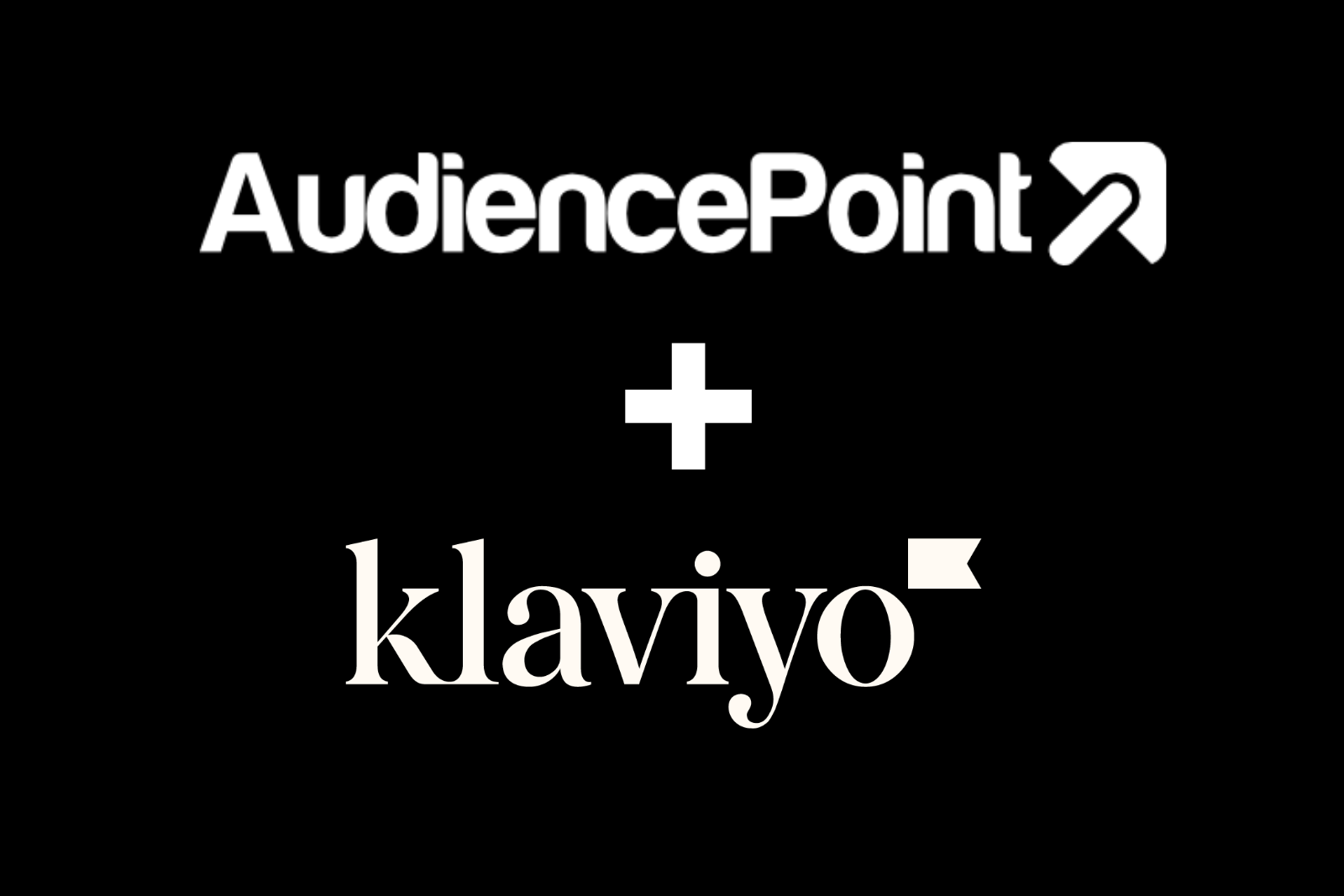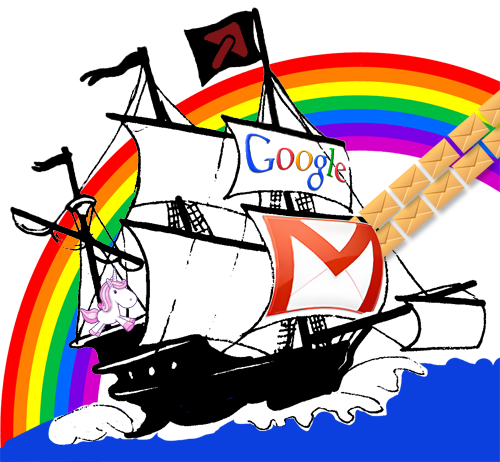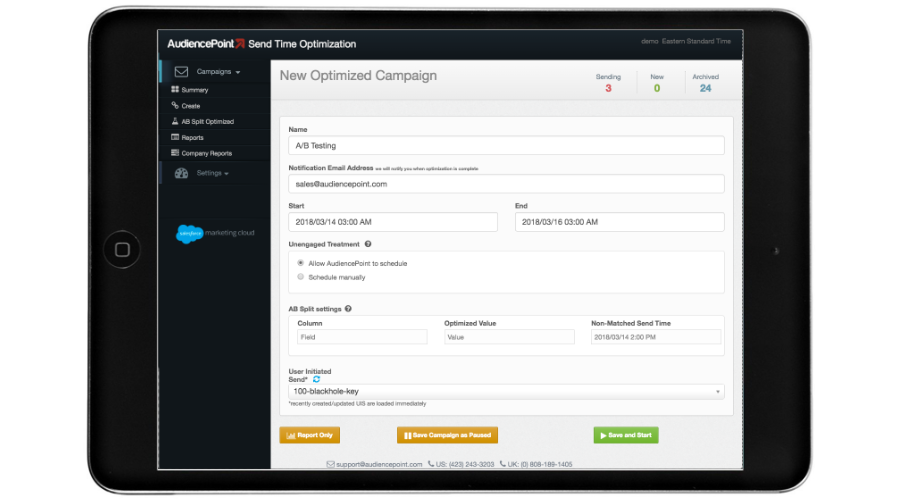AudiencePoint is thrilled to announce our new integration with Klaviyo! AudiencePoint is looking for partners to pilot our...
Do Newsletters Fall Under Marketing?
In the realm of digital communication, email newsletters are an integral component. But do they fall under the broader umbrella of marketing? The answer is a resounding yes. While the primary objective of newsletters is to disseminate information, their role within an organization’s email marketing strategy is substantial. Beyond sharing updates, they serve as a powerful tool to engage audiences, promote products, and nurture customer relationships.
Definition and Purpose of Newsletters
Email newsletters are recurring communications sent to a list of subscribers. They serve numerous purposes, such as sharing company updates, industry news, and content from blogs or social media. Unlike one-off promotional emails, newsletters typically focus on building a long-term relationship with the audience by providing value over time.
Comparison with Other Marketing Strategies
Unlike other marketing strategies that often emphasize instant conversions, newsletters prioritize sustained engagement. For example, while a promotional email campaign might aim to induce an immediate sale with a discount offer, a newsletter might include educational articles, customer success stories, and helpful tips, thus nurturing a long-term relationship.
Role of Newsletters in Overall Marketing
Email newsletters play a crucial role in overall email marketing campaigns by driving traffic to the company’s website, improving customer retention, and enhancing brand loyalty. They offer a unique avenue to consistently touch base with an audience that has already shown interest by subscribing. This sustained engagement helps maintain top-of-mind awareness, which can be instrumental in converting subscribers into loyal customers over time.
In essence, while the direct goal of newsletters may not always be immediate sales, their indirect contributions to brand awareness, customer engagement, and long-term loyalty underscore their value within the marketing domain.
What is the Difference Between Email Marketing and Email Sequence?
Explanation of Email Marketing
Email marketing is a broad strategy that involves sending targeted messages to an audience to drive engagement, conversions, and brand loyalty. This can include a variety of email campaigns such as promotional offers, newsletters, updates, and more. The primary goal is to establish a direct line of communication with your audience, build relationships, and achieve measurable outcomes like increased sales or higher engagement rates.
Overview of Email Sequences
An email sequence refers to a series of pre-scheduled emails sent to subscribers based on specific triggers or timelines. Often automated, these email sequences are designed to guide recipients through a particular journey, such as a welcome series for new subscribers, nurture sequences for leads, or re-engagement campaigns for inactive contacts. The emphasis is on delivering the right message at the right time to move recipients towards a desired action systematically.
Key Differences Between the Two
While email marketing serves as an umbrella term encompassing various types of email communications, including standalone campaigns, email sequences are more structured, time-sensitive, and automated. Unlike a one-time promotional email or newsletter, an email sequence is methodically designed to unfold over days, weeks, or even months. Understanding these distinctions allows marketers to leverage each strategy optimally within their broader marketing plans. Integrating both can offer a cohesive experience that engages and converts effectively.
What Are the Four Types of Email Marketing?
In the realm of digital marketing, email marketing is a versatile tool with multiple formats that cater to different objectives. Understanding the distinct types of email marketing can help you strategize better, achieve specific goals more efficiently and most importantly, email marketing can increase sales. Here, we delve into the four primary types of email marketing: transactional emails, promotional emails, engagement emails, and retention emails.
Transactional Emails
Transactional emails are triggered by a specific action taken by a user. These include order confirmations, password resets, and purchase receipts. The primary purpose of these emails is to convey essential, time-sensitive information. Because these emails are expected and relevant to the user, they typically have high open rates and can be an excellent opportunity to build trust and brand loyalty.
Promotional Emails
Promotional emails are designed to drive conversions, usually by promoting a particular product, service, or sale. These emails may feature discounts, special offers, or new product announcements. Effective promotional emails often include compelling calls-to-action (CTAs) and measure performance through metrics like click-through rates (CTR) and conversion rates.
Engagement Emails
Engagement emails aim to build and maintain a relationship with the subscriber. This category includes newsletters, content updates, and surveys. The goal is to keep your audience engaged with relevant and valuable content, enhancing their connection with your brand. These emails are particularly effective for nurturing leads over time and keeping your audience informed about industry trends or company news.
Retention Emails
Retention emails focus on keeping your existing customers and preventing churn. These emails might include loyalty programs, customer feedback requests, and re-engagement campaigns for inactive subscribers. The aim is to maintain a positive relationship and encourage repeat business, enhancing the lifetime value of the customer.
What Is the Difference Between Email Template and Newsletter?
Understanding the distinction between an email template and a newsletter is essential for any email marketer aiming to maximize their campaign effectiveness. Both play pivotal roles in email marketing strategies, but their purposes, designs, and applications differ significantly.
Definition of Email Templates
An email template is a pre-designed framework that allows marketers to create multiple emails quickly and consistently. These templates often include common elements such as headers, footers, or stylized text blocks, which can be reused across different email campaigns. The primary advantage of templates is their ability to maintain brand consistency and save time. Templates can be customized to fit various types of emails, whether they are promotional, transactional, or informational.
Example Use Cases for Email Templates
Email marketers often use templates for repetitive communication needs, such as order confirmations, meeting requests, and promotional discounts. For instance, e-commerce platforms might employ an email template to quickly generate order confirmation emails that are automatically sent to customers upon purchase.
Definition of Newsletters
A newsletter, on the other hand, is a type of email that is designed to communicate with subscribers on a regular basis. Newsletters are often created to disseminate information, such as updates, articles, and special announcements. These communications are typically more content-rich and focus on providing value to the subscriber, aiming to foster a long-term relationship between the sender and the recipient.
Example Use Cases for Newsletters
Brands often leverage newsletters to keep their audience engaged by sharing blog posts, industry news, and company updates. Platforms like Substack have popularized newsletters as a key medium for content creators to reach their audience with in-depth and curated content.
Template vs. Newsletter: Key Differences
The primary difference between an email template and a newsletter lies in its function and structure. While templates focus on the structural design element, newsletters emphasize content delivery and engagement. Email templates serve as a foundation that can be adapted for various uses, whereas newsletters are content-specific vehicles designed to keep your audience informed and engaged.
Understanding these distinctions allows email marketers to utilize both tools effectively, ensuring both efficiency in deployment and high engagement with their audience.
AudiencePoint offers advanced tools that can enhance your email marketing strategies. Our platform provides comprehensive insights into subscriber behaviors, optimizing your newsletters and templates for better engagement and deliverability. Leverage our data-driven solutions to elevate your email marketing efforts. Contact the AudiencePoint team today!





